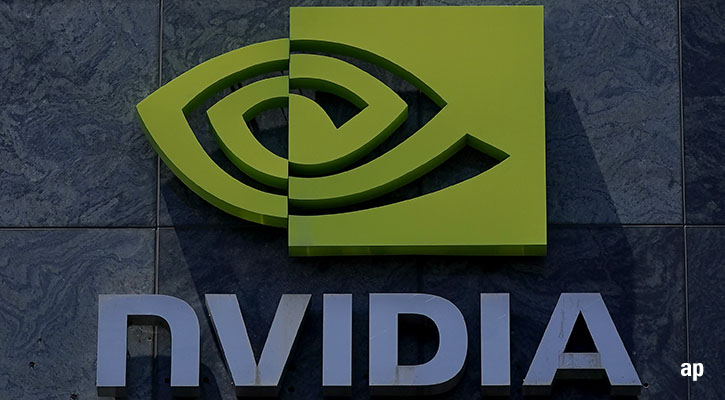Editor's note: Today we present the first of a three-part series on advances in robotics and artificial intelligence and their impact on the job market. This week's series is excerpted from an article by Hal Ratner, the head of global research for Morningstar's investment-methodology and economic-research team. Ratner's full article is published in the August/September 2016 edition of Morningstar magazine.
Technological revolutions have long animated economic history. The concept of "creative destruction" -- in which technological advancement destroys certain sectors of the economy while giving rise to new ones -- has roots in some of the earliest economic thought.
This process hinges on the idea that machines serve to supplement human labour, primarily labour dedicated to repetitive physical and cognitive tasks. At the moment, machines can solve intensive well-defined tasks but for the most part cannot be expected to define problems nor identify and traverse particularly complex systems without human oversight.
However, stunning advances in artificial intelligence, or AI, are beginning to allow computers to do things considered impossible just a few years ago. The upshot is that this time it may be different. There's now no logical reason why -- at some point in the future -- machines cannot do everything humans can and with greater efficiency. This idea, carried to its logical, frictionless conclusion, shows a world in which virtually all labour productivity has been transmitted to capital, and the labour market, as it were, is transformed to a pre-industrial, artisan-based economy. The potential impact on wages, returns to education, and the composition of the labour market is profound.
In the meantime, the encroachment of machines on the professional class (e.g., accounting, legal, software development, finance) will have a significant impact on society and gradually change the composition of the labour market. While the march of technology clearly points in this direction, social and political factors -- as always -- could act to moderate or derail this altogether. The future, of course, is unknown. But trying to project the future is the key to successfully confronting it.
A central theme of the U.S. presidential election is the displacement of American workers. Fear that the U.S. economy may no longer be able to support a large middle class has energized voters. Indeed, real wages for men are lower than they were in 1979, and average wages have increased only slightly since then. In fact, this mild increase in average wages is largely a function of greater labour-force participation of women, who in aggregate are starting out at a much lower base. If and when the two catch up, it will likely be a function of male wages falling as female wages rise.
A good deal of real wage stagnation for men is due to the decline in the U.S. manufacturing sector, which has been particularly hard-hit by outsourcing and automation. The effect has been dubbed the "hollowing out" of the middle class and has led to increases in real wages for those in the lowest and highest skilled groups, and decreases for those in the middle group.
There's little doubt that globalization has created significant dislocation, particularly in the manufacturing sector, and this trend looks unlikely to reverse. However, globalization can mean a repurposing of labour. Workers in the developed economies move from manufacturing-based jobs, such as factory work, to jobs requiring more administrative skills needed to power a service-based economy. This isn't costless, as the service-based jobs typically pay far less in wages and benefits than those in manufacturing. But it does offer respite from the far worse possibility of mass unemployment with its attendant intermediate-term economic and long-term social costs.
To a very large degree, however, the debate over globalization has obscured a much more disruptive cause of worker displacement, as well as declining job and wage security: the increasing substitution of capital for labour. For various reasons, this hasn't really entered the debate. It's difficult to imagine a political candidate recommending that manufacturers ditch automation for the more labour-intensive methods of yesteryear, or that software firms stop developing technology that could replace humans. But technological innovation has clearly played a major part in weakening the pricing power and employment opportunities, most obviously, though not solely, for blue-collar workers. People are less important to the production process.
Recent years have witnessed once common professions such as secretary, travel agent and the nearly obsolete switchboard operator become largely redundant due to technology. Of increasing concern, we're now seeing automation eat into the professional classes. The most obvious example is provided by early robo-solutions such as TurboTax, LegalZoom and, of course, the emergence of robo-advice in investment management. But this was just the beginning.
More recently, we've witnessed the encroachment of robots on the highly specialized and technical field of medicine. In 2013, the U.S. Food and Drug Administration approved a machine to administer the sedative propofol without the presence of an anesthesiologist. Computer-aided diagnosis, or CADx, has become a progressively important part of radiology, with a recent study by the Royal Society of Medicine showing that it outperformed radiologists in identifying radiolucency (the dark spots on an X-ray) by a factor of 10. More impressive -- because it marries finger dexterity with analytical prowess -- is the Smart Tissue Autonomous Robot, or STAR, which can stitch up tubular tissue, like blood vessels, with greater accuracy than its human counterpart. There's no reason why at some point in the future computers will not be able to take over other diagnostic and surgical tasks.
Part 2: How will advances in artificial intelligence affect your job? (Coming soon)
Part 3: Winners and losers in the future job market (Coming soon)





:quality(80)/cloudfront-us-east-1.images.arcpublishing.com/morningstar/EAAEIIRVVNE7HNVXBSGTD3WPSI.jpg)

:quality(80)/cloudfront-us-east-1.images.arcpublishing.com/morningstar/U746MWXQHFFZPLSMTEJSUD7HLY.png)
:quality(80)/cloudfront-us-east-1.images.arcpublishing.com/morningstar/OSPGGQHXJVCGLBHR5CUUQWH3NQ.png)






